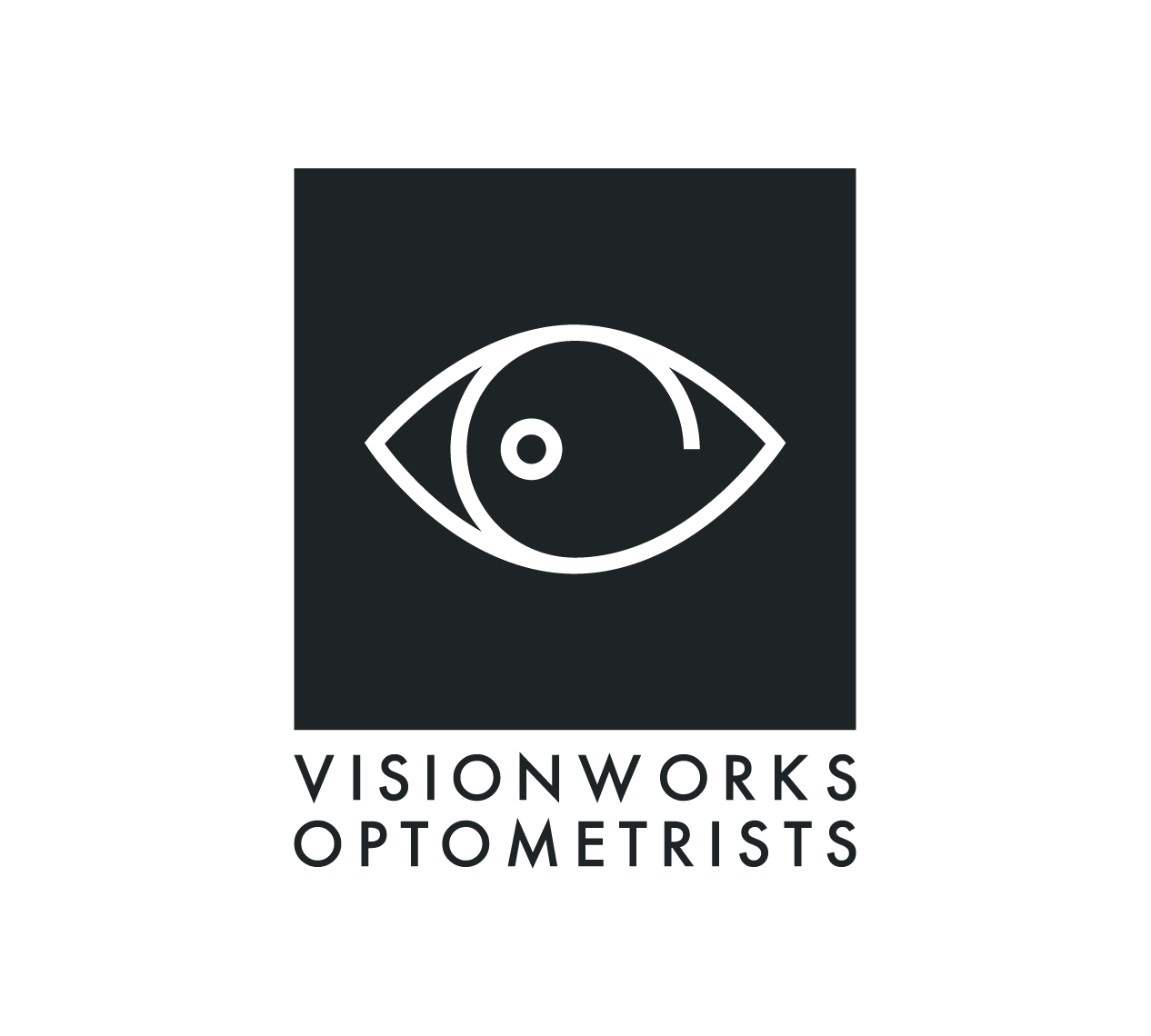Orthokeratology - The Eye Retainer
Orthokeratology, also known as Ortho-K, uses specially designed contact lenses to reshape the cornea, the clear front surface of the eye, to correct myopia (shortsightedness) and mild astigmatism. Ortho-K lenses are worn overnight, and when removed in the morning, provide clear vision throughout the day. A concept similar to how a tooth retainer can straighten teeth while you sleep.
Ortho-K: An alternative to glasses and laser eye surgery
Although Ortho-K has been around for 30 years or more, the procedure has become increasingly popular in recent years as an alternative to glasses or traditional contact lenses, particularly for those who have dry eye, struggle with soft contact lenses, or who are highly active. Ortho-K is also a popular option for children and teenagers with myopia, as it can help slow the progression of the condition.
Early in my career as an Optometrist, I was fit with Ortho-K lenses and, upon experiencing the freedom from daytime glasses and contact lenses, I have since been prescribing Ortho-K lenses for my patients.
Ortho-K: Stops vision from getting worse
Numerous studies have shown that Ortho-K can be a safe and effective in slowing the progression of myopia in children and teenagers. Despite deteriorating rapidly prior to Ortho-K, my distance prescription remains unchanged from when I was fit in 2011.
Book your free Ortho-K assessment online.
References:
American Academy of Ophthalmology. (2020). What is Orthokeratology (Ortho-K)? Retrieved from https://www.aao.org/eye-health/treatments/orthokeratology
Walline, J. J., Greiner, K. L., & McVey, M. E. (2013). The effects of Orthokeratology on axial length elongation in children with myopia. Optometry and Vision Science, 90(5), 530-537.
Cho, P., & Cheung, S. W. (2012). Retardation of myopia in Orthokeratology (ROMIO) study: A 2-year randomized clinical trial. Investigative Ophthalmology & Visual Science, 53(11), 7077-7085.


